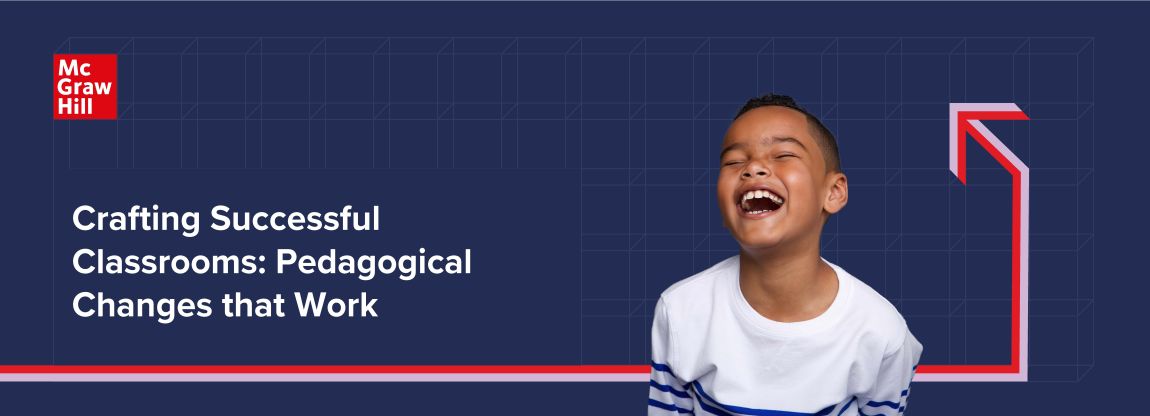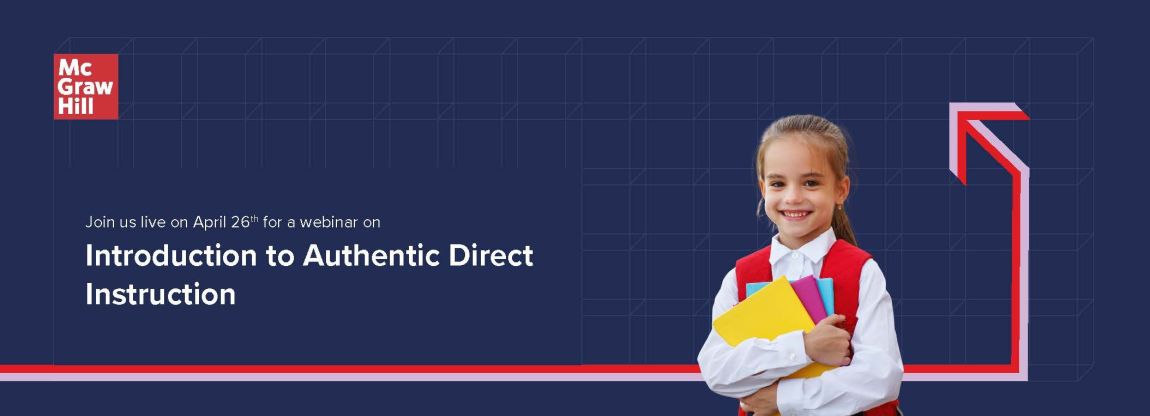Top 5 Back-to-School Tips for Teacher
Prepare for the New School Year with These Top 5 Tips for Teachers
For educators, when the days start to get shorter and the summer begins to wane, the familiar rhythm of a new school beckons. The stores are full of back-to-school sales, and students are busily gathering supplies and textbooks.
During these precious few weeks before the academic year starts anew, teachers can often experience a wide range of emotions, from anticipation to enthusiasm (and sometimes a hint of trepidation).
The return to school can be a time of duality. It is a transition and a fresh opportunity to redefine your teaching practices and prepare once again for student interactions.
It’s a time to reflect on what approaches and strategies you will use, to focus on fostering innovative and emotionally intelligent classrooms, and get to know your new students.
In this guide, we’ll look at five tips to help you prepare mentally to kick off the new academic year and excel in the classroom.
1. Cultivate a Culture of Curiosity
Students of all ages are naturally curious, and our rigid learning structures—often more like frameworks than lessons—prevent that curiosity from flourishing in the classroom.
When students are encouraged to ask “why,” they engage better with the material, seek connections, and, most importantly, develop a genuine passion for raw discovery.
This kind of vibrant engagement enhances academic outcomes but also prepares and encourages students to pursue a lifetime of questioning and learning.
Here’s how to foster a curiosity-driven classroom:
Encourage Open-Ended Questions
Devise questions with several answers or require some more thought beyond the readily obvious response.
Doing this allows students to explore subjects in more depth and gain perspectives from multiple angles, essentially applying what they have learned in a real-world context.
Get Students to Explain Their Thinking
Often referred to as the 3 Whys technique, this involves asking a student to explain their reasoning.
After the explanation, ask the student, “Why?” again to encourage even deeper thought processes, then repeat the process one more time.
The method encourages critical thinking and a deeper understanding of the material.
Use Project-Based Learning (PBL)
Designing material in the form of projects that are relevant to student’s lives and interests allows them to explore subjects in depth and from multiple angles.
Using PBL in your curriculum unleashes a sort of creative energy among students, particularly as the subjects resonate with real-world applications. As a result, students develop both subject material knowledge and the ability to approach problems with a critical thinking mindset.
2. Embrace the Technological Shift to Generative AI
As educators, we’re already well aware of the impacts of changing and rapidly progressing technology on students and their learning.
Here, it’s no longer about keeping up with the pace, but rather, meeting students halfway in particular with generative AI tools such as OpenAI’s ChatGPT.
Whether we support its use or not, close to a quarter of K-12 students are already using generative AI at the very least to assist with homework, all the way up to writing entire essays with it.
Don’t Dismiss AI
Rather than decrying its use in the classroom, it’s now become more important to actually begin becoming familiar with the technology itself.
This of course means trialing the platforms to write material yourself and becoming accustomed to the kinds of common words and styles it uses.
Know Your Students’ Tone of Voice
Teachers should also become more aware of the individual writing styles of their students. If there are any sudden increases in quality or drastic changes in tone of voice, it might be an indicator that generative AI is in use.
Train in AI Detection
Before the start of the academic year, become familiar with free AI detection platforms such as CopyLeaks and ZeroGPT, and be prepared to have a discussion with other teachers regarding their approach to AI in the classroom.
Take AI detection scores with a grain of salt, as false positives are common, especially for non-native English speakers, and punishing students for the incorrect result isn’t fair. All the more reason to get acquainted with your student’s writing styles.
3. Get to Know Your Students
At the heart of a fulfilling educational experience lies a teacher's ability to recognize and appreciate each student’s individuality.
As we embark on another academic year, it is essential for teachers to cultivate personal connections with their students—connections that can profoundly influence both their learning journey and personal growth.
To build these important relationships with your students:
Make an Effort with Names
Dedicate yourself to learning names quickly and pronouncing them correctly. This simple act shows respect and care, making each student feel seen.
Understand Their Histories
Take time to review any available records that shed light on a student’s past achievements as well as challenges they may face. This knowledge allows you to tailor your support effectively.
Assess Early On
Employ initial assessments in those first weeks to understand academic levels and for insight into how each child best learns, helping you adapt your teaching accordingly.
4. Prioritize Self-Care and Resilience
A big part of your role is the well-being of your students. Remember that your health is also important for your effectiveness in the classroom.
Effective strategies for ensuring you’re well looked after include:
Make Plans for Relaxation
Use these remaining weeks before the school year begins to relax and recharge. This can be through hobbies, travel, or just plain old resting. This ensures you’re ready to meet your new students with a fresh mindset and renewed vigor.
This includes incorporating some fun into your routine, making time for activities that bring you joy, and really allowing yourself to unwind. Remember to keep a light-hearted approach to daily life, and cherish the moments you had during the summer.
Develop Time Management Skills
Maybe you set your alarm clock a bit later over the summer and enjoyed some time sleeping in. Maybe you stayed up a bit past midnight, well, because you can.
Before the academic year begins, it’s time to start organizing tasks efficiently with planners and digital tools to avoid feeling overwhelmed when you start.
Build a Support Network
The great thing about being a teacher is that you’re never alone, there are hundreds of colleagues out there with which you can find support.
Establish relationships with fellow educators, not just at your school, but by reaching out to professionals across the country, and even across the globe.
The support is invaluable, and the diversity in the lived experience of others brings a whole perspective to what you do, and even how you teach.
5. Embrace New Beginnings
One thing that is very important to understand as a teacher is this:
Last year is not this year.
Every new academic year brings a fresh slate. It’s an opportunity to improve, innovate, and inspire. Not just for yourself, but your new students too.
No two school years are ever the same. Recognizing this allows educators to approach the new year with open arms, a renewed sense of possibility, and flexibility.
To make the most of this new beginning:
Reflect on What Worked in the Past
Yes this is a new year, but don’t forget the lessons of last year, in particular the approaches that worked. Review and refine what worked, and ditch the methods that didn’t.
Create Brand New Actionable Goals
It’s a new beginning, so time to set some new goals, only these should be able to be acted upon.
Identify specific objectives for both your professional development and the development of your student’s progress. Once set, they will help keep your class on track throughout the year.
Regularly Seek Feedback
Ask for input from colleagues, parents, and even your students. Their feedback and constructive criticism provide new perspectives and ideas that will, in the long run, enhance your teaching practices and learning environment.
Closing Thoughts: A Fresh Start to a Promising Year
As we prepare for a new academic year, let's welcome the chance to grow and get better.
Whether it's sparking curiosity in our classrooms, using technology that meets students' unique needs, nurturing emotional smarts, working together more, or taking care of ourselves, each step can enrich our teaching and help our students learn.
We're hopeful about what lies ahead and are dedicated to bringing these powerful strategies into our schools.
Try out these ideas with your own twist on them, and see how they open up exciting possibilities for both you and your students.
At McGraw Hill, we would love for you to be part of the conversation with other teachers like yourself. Connect with us on Facebook and Instagram where you can share insights, ask for advice when needed, and celebrate all wins big or small along your teaching journey.







